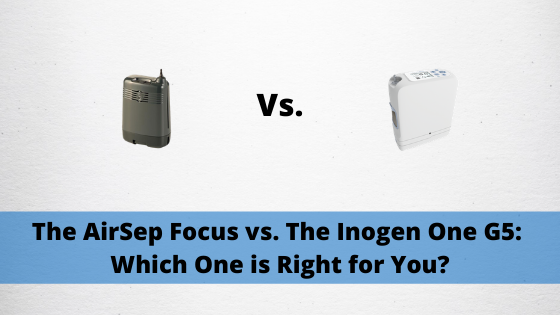Respiratory Resource Center - LPT Medical
The AirSep Focus vs. The Inogen One G5: Which One is Right for You?
Medical oxygen is a necessity for patients with COPD,...
Read MoreIntroducing the New CAIRE Freestyle Comfort Portable Oxygen Concentrator
We love getting new products here at LPT Medical....
Read More7 Things You Should Do After Purchasing an Inogen One G5 Portable Oxygen Concentrator
The Inogen One G5 mobile oxygen concentrator was released...
Read More


